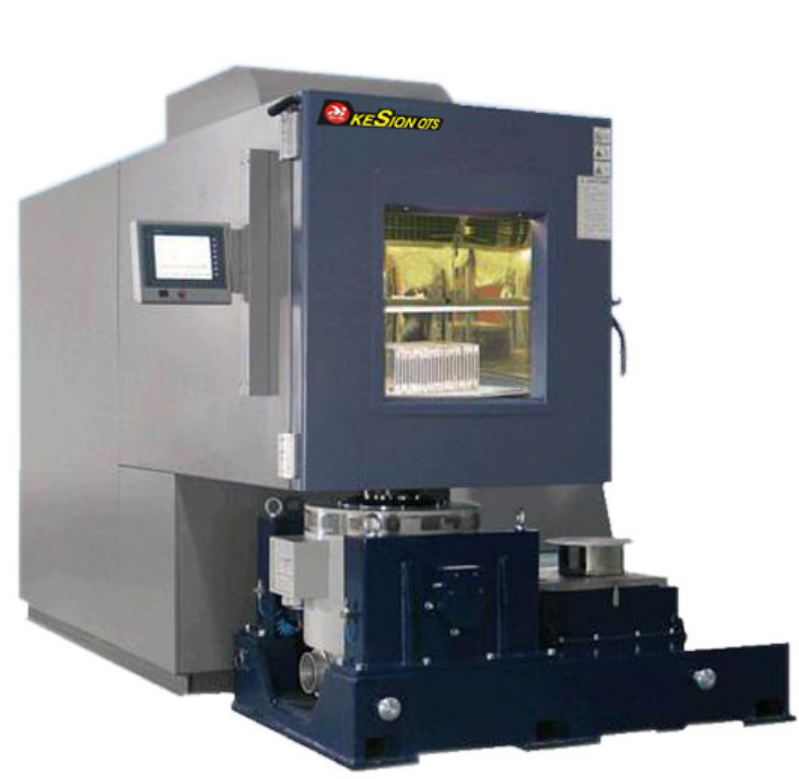How to maintain and care for a rain test chamber?
Category: Industry News
What are the main functions of a rain test chamber? Let's take a brief look together.
Rain test chambers are mainly used to test the performance of products during storage, transportation, and use in rainy climates. They are primarily used to test the physical and other related properties of electrical and electronic products, lamps, cabinets, electrical components, automobiles, motorcycles, and their parts under simulated rainy conditions. After the test, verification can determine whether the product's performance meets the requirements, thus being used for product design, improvement, verification, and factory inspection.

A rain test chamber uses a high-pressure water pump and a swing arm nozzle to spray test water of a certain pressure and flow rate onto the sample. The test device rotates, changing the swing amplitude and frequency of the swing arm to meet the test requirements. The chamber body has an integral structure, with the rain chamber, high-pressure water pump, and rotating system located in the lower part of the chamber body, and the control system located directly below the test chamber. The test chamber has a single door with double-layer, aging-resistant silicone rubber sealing. The door has an observation window, and the chamber is equipped with a switch-controlled lighting lamp. A waterproof rotary joint and a variable frequency system are installed on the right side of the test chamber.
Rain test chambers are large equipment, and if a malfunction occurs, inspection and handling can be troublesome. Therefore, mastering the correct operating methods during use is essential. Below, we summarize the operating precautions for rain test chambers.
1. The equipment should be stored in a dry environment; 2. Check the circuit control system before each startup; 3. Confirm the power supply and grounding lines; 4. Ensure the power cord is correctly connected and effectively grounded according to specifications; 5. The laboratory should be equipped with an exhaust fan to maintain good ventilation; 6. The equipment's wastewater discharge system must be properly installed; 7. After the test, the main power should be cut off; 8. After each test, remove the sample first, then clean the inner tank of the equipment; 9. Non-professionals are prohibited from operating this equipment.
How to maintain and care for a rain test chamber? Let's take a brief look together.
1. Although the rain test chamber's internal and external structures are made of sprayed stainless steel plates, and the water inlet is softened, if the nozzle is not cleaned regularly, water stains may remain on the nozzle, and prolonged use may cause the nozzle to become clogged. Therefore, after the test, please immediately use an air gun to spray the nozzle.
2. There are 4 sets of passive bearing seats above the equipment, and the bearings should be lubricated with lubricating oil every quarter.
3. The passive bearing seat is located on the right side of the equipment and should be lubricated with lubricating oil once per quarter.
4. The transmission chain is located at the rear of the equipment. Open the upper cover and lubricate it with chain lubricating oil every quarter. The transmission chain is located above the equipment and should be lubricated with chain lubricating oil every quarter.
5. There are two sets of filter bottles on the water inlet side, which should be soaked in NaCl (salt) for 24 hours annually and then rinsed with clean water.
Previous Page: None
Next Page: Below is a brief explanation of the installation precautions for a rain test chamber.

